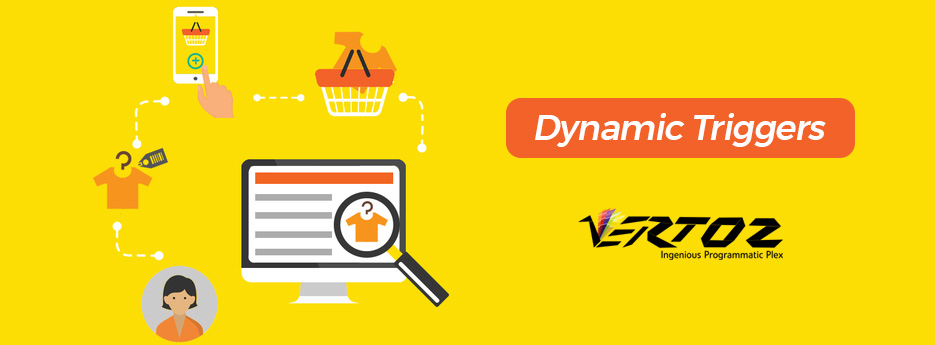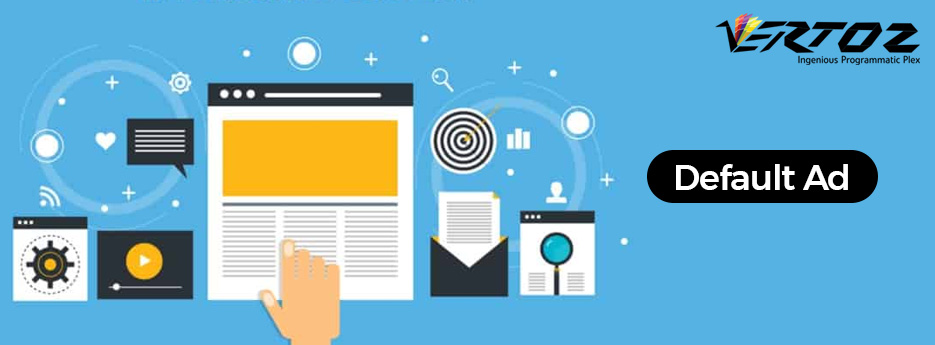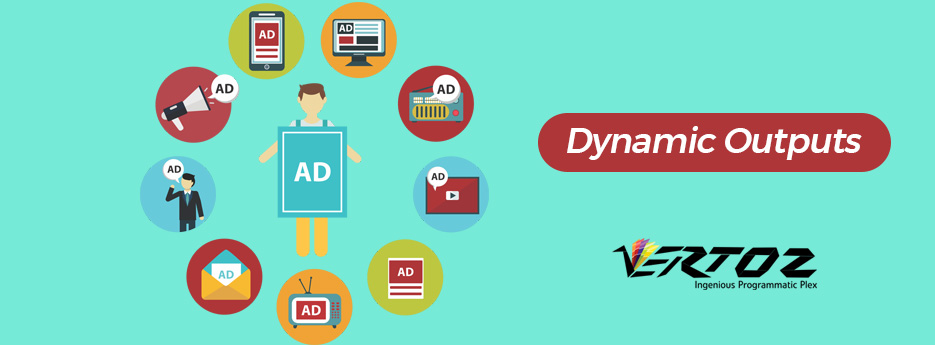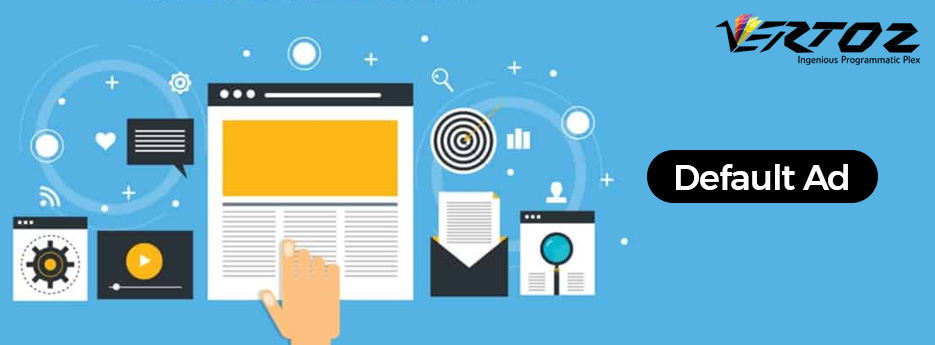
An increasing number of brands are losing their customers’ trust by serving irrelevant ads to their potential customers. To regain the trust and drive more engagement, marketers work hard to make ads that are more personalized for the user. On the flip side, there are numerous marketers who are still using static ads for display advertising, meaning that the content within the ads does not change.
For a brand delivering personalized ads to a segmented audience, static ads can become a menace for the brand message. The result is impersonal ads that do not engage the customers in any way. On the other side, dynamic ads use a dynamic template that can be customized with pre-determined personalized content.
What is Dynamic Creative Optimization
Dynamic Creative Optimization (DCO) is a display ad technology that uses data and allows advertisers to differentiate and deliver tailored ad creatives to the people. It is extremely effective in increasing a campaign’s performance. This helps advertisers by delivering the most relevant ad experience and thereby increasing engagement rates and performance of the campaign.
The most common use of DCO is for retargeting ads. These ads show dynamic content based on a viewer’s profile, such as the product that has been viewed or even added to the cart. With the help of these statistics, elements of the ad creatives like product description, image, price, call to action, etc. can be set dynamically. The copy that is being displayed can also be switched.
ELEMENTS OF A DCO SYSTEM
From the technology standpoint, DCO allows marketers to break an ad into individual pieces, and create different versions of those pieces for different audiences to get a relevant and real-time ad. Here are a few elements of a DCO system:
Dynamic Triggers:

Pixels present on a website capture values used for retargeting and are then used to trigger outputs from API or data feed to make a dynamic ad – which is the content source. Other elements like geo-location and audience segment data can also trigger dynamic ad content. Advertisers can also turn their CRM contact data (names, phone numbers, emails, logins, etc) into targetable online audiences using various means.
Content:

In the DCO system, the content provided by the advertiser is fed into the DCO system and then the output is seen in the dynamic ad.
Dynamic Outputs:

These outputs include URLs, images and the copy in the data feed. These outputs are the ad elements that are referenced by the dynamic trigger.
Variable Attributes:

They are the dynamic elements that are not referenced from the content source by a dynamic trigger. Delivery of the ad is based on different rules and not based on feed, like the offer, background colour and call to action.
Ad Layout or Dynamic Template:

The design that houses the dynamic content is known as a dynamic layout.
Default Ad:

When cookie targeting is missing or does not match the source content, a default state of dynamic ad occurs. For example, when a DSP makes a call for an ad and there is no match for a DCO cookie, or if the dynamic trigger does not match the content source, then in such a case, default ad experience will be generated.
Dynamic creative optimization improves the effectiveness of your campaign by delivering highly personalized ads. This blog post is by no means a complete list of creative technology and industry terminologies. The underlying speed is changing at a breakneck rate. We recommend you contact our product experts at Vertoz, a programmatic advertising company that strives to make the process of media buying and selling simpler and more efficient. We can help you with your advertising needs. Connect to our experts to learn more – https://vertoz.com/signup/advertiser/

